Customer Experience Management Explained [11 Top Tips]
Have you ever been so excited to receive an online order, only to open up the delivery to find a broken product? If the customer care team goes above and beyond to resolve the issue, your frustrating experience can be morphed into a positive one. That’s why customer experience management is a quick way to win people’s hearts.
In this article, we’ll walk through what you need to know about customer experience management and how it can improve your business, including the top customer experience tools and tactics you can try yourself.
What is customer experience management?
Customer experience management (CEM or CXM) is the process of managing and improving the way customers interact with your business. CEM uses data gathered at every interaction to improve customers’ perception of your company.
At its core, customer experience management is all about understanding and improving how customers interact with your business. This means everything from how your customers discover you online to the interactions they have with your employees in-store.
Examining your customer journey from start to finish allows you to identify areas of friction and areas of opportunity.
Why is customer experience management important?
Customer experience management can help businesses to foster a positive image in their customers’ eyes. And it can help build stronger relationships with your customers. Companies that provide a great customer experience will always have a competitive edge.
You can create loyal brand advocates when your customer experience management is on point. A loyal customer’s lifetime value is much, much higher than a one-off purchaser. Bad customer experiences can cost you your reputation. But even just a meh customer experience is detrimental to your success.
What is the difference between CEM and CRM?
Customer experience management (CEM) and customer relationship management (CRM) are different perspectives on the same relationship. But while CRM focuses on the company’s view of a customer, CEM looks at the customer’s view of the company.
Think of it like this: CRM looks at your sales funnel. Where can you as a company meet your customer? CEM, on the other hand, considers your customer touchpoints. Where do your customers interact with your company?
CRM is about improving internal processes, while CEM looks at your company holistically.
What is client experience management?
Is customer experience the same thing as client experience? Well, not really. Though the terms are often used interchangeably, they’re not synonymous.
That’s because a customer may have a single transactional purchase with an organization. Clients, on the other hand, generally engage over longer periods of time centered around long-term services.
11 ways customer experience management can improve your business
By investing in your customer experience management, you can improve the health of your business. You’ll see real results, like increased revenue and profitability. Plus, you’ll build a strong base of loyal, happy customers, which means even more revenue down the road.
Here are 11 ways a strong customer experience management strategy can improve your business.
1. Helps you understand customer’s wants and needs
Creating a customer experience strategy means putting yourself in your customer’s shoes. It’s like psychology — you need to know their wants, needs, fears, and desires inside and out. Then, you can understand how to better deliver.
To do this, you can use customer experience tools to collect data on your audience. For example, Hootsuite’s social listening features can show you what (and how) your customers talk about you online.
Hootsuite Insights (powered by Brandwatch) makes it easy to track brand sentiment with intuitive word clouds and meters that gauge your sentiment and brand awareness against the competition.
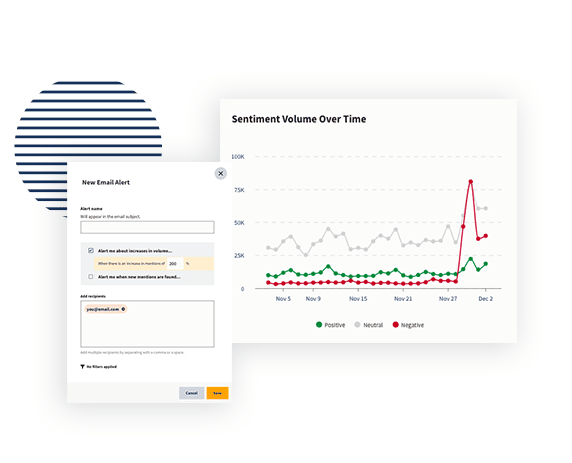
Request a demo of Hootsuite Insights
You can also use customer experience tools like customer surveys to gain insight into their experience with your brand. These deep insights will help you to deliver on their wants proactively. And what’s better than someone giving you something you want before you even ask for it?
2. Build emotional connections with customers
At their core, these strategies are about better serving your customers, which will help you build stronger emotional connections with them. To do that, you need to provide a personalized service and seamless journey.
Finding out what your customers want and giving it to them is a start. But you will also want to anticipate their needs to reach them on an emotional level. It’s not enough anymore to just make things easy. In the customer journey, look for opportunities where you can delight your customers.
Take dog food suppliers Chewy, for example. When a customer called to ask about returns, Chewy learned her pup had passed over the rainbow bridge. They sent the grieving family flowers with a card signed by their customer care team member.
I contacted @Chewy last week to see if I could return an unopened bag of my dog’s food after he died. They 1) gave me a full refund, 2) told me to donate the food to the shelter, and 3) had flowers delivered today with the gift note signed by the person I talked to??
— Anna Brose, MSc (@alcesanna) June 15, 2022
3. Capture negative feedback before it goes live
One of the great advantages of having customer support chat built into your strategy is that you can capture issues before they turn into bad reviews. But if you can’t offer 24-hour live chat support, a chatbot can be a lifesaver.
Tools like customer service chatbots offer a golden opportunity to fix problems before they get bigger.
Source: Heyday
Customers who have their problems fixed are usually pretty receptive to giving your company another shot. Mistakes happen; we’re only human. (Except for the chatbots, of course. They’re just beautiful pieces of customer experience management software.)
4. Decrease customer churn
Your churn rate, or the rate at which customers stop using your business, is an important measure of overall customer happiness. It’s pretty simple math: Happy customers equal less churn.
When people feel seen and cared for by your brand, they’re less likely to take their business elsewhere.
That’s why making sure your existing customers are happy can lead to significant savings for your business. It costs a lot less to keep an existing customer than it does to acquire a new one.
5. Boost customer loyalty
Loyal customers mean more than just reduced customer churn. When customers have a good experience with your business, they are more likely to recommend you to others. This boost in loyalty can act as word-of-mouth marketing and increase your Net Promoter Score (NPS).
NPS is used to measure your customer experience and satisfaction. It’s calculated on a 0-10 scale, bucketed into three cohorts: detractors (0-6), passives (7-8), and promoters (8-10). When your customer is a promoter, they’re essentially a brand advocate.
6. Lower support costs
Customers who have a good experience with your business are less likely to need support.
There are fewer complaints which means less stress on your customer service team. This results in lower support costs, fewer dissatisfied customers, and a happier customer service team.
7. Increase sales
If you’ve made it easy for customers to complete their purchase, they’re more likely to buy from you again in the future.
Plus, satisfied customers are also more likely to refer others to your business.
8. Enhance brand reputation
A positive customer experience improves how people perceive your brand. When you’re mapping out your customer experience strategy, keep your ideal brand perception in mind.
Do you, like Coca-Cola, want to be known for happiness? Then you could take a page out of their book and add joyful touchpoints to your customer’s day. How fun was it to find a Coke bottle with your name on it?
Source: Coca-Cola
9. Improve employee satisfaction
If you work for a company that is beloved by customers, you’re going to like your job a little bit more. Interacting with happy people who have a great customer experience may raise internal employee morale.
When your employees are happy, there is less turnover. Turnover, estimated by LinkedIn, can cost a company 1.5-2 times the employee’s salary. This number may seem high, but it includes intangible losses like the employee’s company knowledge and strain placed on the remaining team.
10. Create a competitive advantage
Businesses that excel at customer experience management have a leg up on their competition. This competitive advantage can help you attract more customers and grow your business.
Trader Joe’s, for example, has an almost cult-like following. And yes, in part it’s due to their off-beat and delightful product offerings. But that on its own isn’t enough.
Trader Joe’s also invests heavily in customer service and understanding the friction points of traditional grocery shopping. You only have to browse the Trader Joe’s freezer aisle, where they’ve removed the cumbersome, annoying freezer doors, to see their strategy in action.
11. Generate social media buzz
If something happens and it’s not posted on social media, did it actually happen?
When people experience something notable, they post about it. Dedicate your customer experience strategy to creating a delightful experience for your customers. Some of them will likely share that story, possibly on their Story. (See what we did there?)
User-generated content (UGC) is great for your own social content. When people turn into online advocates for your brand or share a positive experience, they create social proof that your brand is legit. Then, that positive brand experience sits in front of all their followers. You, my friend, have just gained some free, effective advertising.
Top customer experience management tactics to try
There are a ton of tactics you can use today to get your customer experience management off the ground. We’ll walk you through a few easy wins to get you started.
Use a chatbot to engage with your customers
Chatbots are a very easy win for your customer experience management. Install one anywhere your customers may reach out to you. That includes your website, your social media accounts, and your apps.
Chatbots have a ton of advantages when it comes to engaging your customers. You can empower them with answers to your frequently asked questions. This allows customers to get instant feedback on their FAQs. People don’t like waiting around for answers, especially simple ones.
Just make sure you choose a chatbot that will deliver on your customers’ wants. You may need a multilingual chatbot if your consumer base is multinational. Or, maybe your customers always want to track their orders; an ecommerce chatbot could be a good choice.
Source: Heyday
Something else to consider is your chatbot’s personality. You’ll want to make sure you can program the chatbot to speak in your brand voice. If you can, giving your chatbot a likable avatar is an easy way to improve the customer experience. And choose a chatbot that has natural language processing skills to better relate to your customers.
Source: Heyday
Hootsuite’s number one chatbot is Heyday. Heyday is an AI-powered chatbot that turns conversations into customers. It can do all the above and more.
Bonus: Get our free, fully customizable Customer Experience Strategy Template that will help you understand your customers and reach your business goals.
Get the free template now!Build a customer journey map
A customer journey map allows you to visualize the steps a customer takes when interacting with your business. It can give you real insights into your customers’ needs, fears, desires, and goals. You’ll be left with a better understanding of their thoughts, feelings, and pain points.
Customer journey maps are particularly useful in highlighting areas for improvement and opportunities.
For example, you may notice your customers have to physically call your store or team when an issue arises. This can provide a point of friction; some people *cough cough, millennials* hate talking on the phone. Or, in the case of Deaf or hard-of-hearing folks, will find it inaccessible. A chatbot on your website can make it easier for people to get in touch.
By identifying each customer touchpoint and mapping out the steps involved, you will gain a better understanding of the overall customer experience. This, in turn, can help you to identify ways to improve the journey and make it more efficient and delightful for your customers.
Create a customer experience strategy
A customer experience strategy clearly defines the steps and tactics you’ll take to improve your customer experience. An effective strategy defines your goals and the actions you’ll take to achieve them. Then, it considers how to measure and optimize your efforts.
Your goal could be, for example, to reduce customer churn (low customer churn is a great indication of a solid customer experience) by 10% in a quarter. Part of your strategy is to determine what is causing customer churn, which can be achieved by customer journey mapping and customer surveys. Then, fix the issues you uncover.
Here’s a simple way to measure your customer churn. At the end of the quarter, subtract your number of current customers from the number of customers you had at the start of the quarter. Then, divide that total by the number of customers you started with.
Let’s say you had 500 customers at the start of Q1 and 450 at the end. You can calculate your churn rate like so: (500 – 450) / 500 = 10%
After creating a customer experience strategy, you will have a plan in hand for reaching your customer experience goals.
Use data to understand demographics
The right chatbot gathers information each time it interacts with one of your consumers. Chatbot analytics isn’t something you should be sleeping on. If you’ve implemented a chatbot, then take a deep dive into the data it’s gathered. This is an excellent tool for understanding your customer demographics.
The better you know a group of people, the better you can tailor the experience you offer to what they want.
Engage with customers through social listening
You’ll want to know what customers are saying about your brand: the good, the bad, and the ugly. Keep an ear to the ground with social listening.
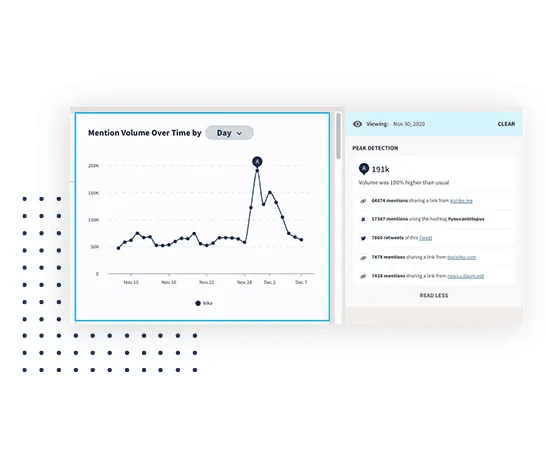
Hootsuite Insights helps you make sense of millions of customer conversations happening in real time, so you can stay on top of trends and set strategies with confidence.
Request a demo of Hootsuite Insights
Customers also like to feel heard. When they post about your brand or a topic that relates to you, responding is a great way to build relationships and foster a connection.
You can keep your finger on the pulse by tracking brand mentions, customer feedback, and industry trends. And you’ll stay relevant within the communities you’re a part of.
Plus, if you’ve got a cheeky brand voice, responding to people with humor is the perfect way to surprise, delight, and foster a positive customer experience.
*Frosty https://t.co/h3bWxo8xxy
— Wendy's
(@WendysCanada) October 18, 2022
Ask them what they want
You won’t know if you don’t ask. After they’ve interacted with you, ask your customers what went well and where you can improve.
There are tons of different types of surveys you can send out that will help you understand and improve your customer experience.
One of those is the Customer Satisfaction (CSAT) survey, which uses specific questions like “How satisfied were you with your experience at the ABC Cafe?” to get granular, reliable data.
Top customer experience management software
These days, brands need a stacked toolbox to stay competitive. There’s a lot of customer experience management software out there, but it can be overwhelming to choose between them. So, to avoid being paralyzed by choice, we’ve put together a list of tried and tested tools.
Heyday for customer service
Heyday is our choice chatbot for customer service. There is a lot that chatbots can do for your business, including improving your customer response rates.
Heyday automates customer support requests like answers to FAQs and product recommendations. And it can offer in-store appointment bookings. Heyday uses conversational AI to converse naturally with your customers. The results are a smooth, organic conversation.
Hootsuite for social listening, engagement, and surveys
Hootsuite has a ton of helpful features to help improve your customer experience. Insights, the social listening tool we mentioned above, is one surefire win.
But if you don’t need a social listening tool that’s quite as robust, you can also use Hootsuite Streams to engage with your customers on whatever social media channel they prefer.
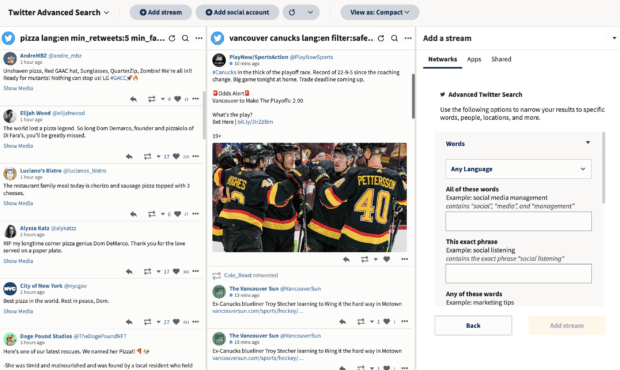
Source: Hootsuite
You can use Streams (custom feeds that show up in your Hootsuite dashboard) to track all the important conversations in your field. You can even set up filters to monitor conversations by keyword, hashtag, and location. It’s a great way to stay on top of your own business—and one step ahead of the competition.
Hootsuite also integrates with tools like Sparkcentral, so you can easily send out and collect surveys.
Shopify for ecommerce
Shopify is one of the most popular ecommerce platforms. It is extremely easy to get set up on and operate, making it a beloved piece of software by beginners and experts alike.
If you’re using Shopify to host your ecommerce store, don’t forget to take advantage of the chatbot integration from Heyday by Hootsuite.
Salesforce for your CRM needs
Salesforce is a powerful tool for managing all your company’s relationships with customers. The goal of using CRM software like Sales Cloud is to streamline your processes and improve your profitability. You’ll be able to track:
- contracts,
- outstanding orders, and
- manage customer relationships across their entire lifecycle.
Salesforce is a useful customer experience management platform because of its ability to take care of all your CRM needs.
Engage with shoppers on social media and turn customer conversations into sales with Heyday, our dedicated conversational AI chatbot for social commerce retailers. Deliver 5-star customer experiences — at scale.
Turn customer service conversations into sales with Heyday. Improve response times and sell more products. See it in action.
Free DemoThe post Customer Experience Management Explained [11 Top Tips] appeared first on Social Media Marketing & Management Dashboard.
Categories
- 60% of the time… (1)
- A/B Testing (2)
- Ad placements (3)
- adops (4)
- adops vs sales (5)
- AdParlor 101 (43)
- adx (1)
- algorithm (1)
- Analysis (9)
- Apple (1)
- Audience (1)
- Augmented Reality (1)
- authenticity (1)
- Automation (1)
- Back to School (1)
- best practices (2)
- brand voice (1)
- branding (1)
- Build a Blog Community (12)
- Case Study (3)
- celebrate women (1)
- certification (1)
- Collections (1)
- Community (1)
- Conference News (1)
- conferences (1)
- content (1)
- content curation (1)
- content marketing (1)
- contests (1)
- Conversion Lift Test (1)
- Conversion testing (1)
- cost control (2)
- Creative (6)
- crisis (1)
- Curation (1)
- Custom Audience Targeting (4)
- Digital Advertising (2)
- Digital Marketing (6)
- DPA (1)
- Dynamic Ad Creative (1)
- dynamic product ads (1)
- E-Commerce (1)
- eCommerce (2)
- Ecosystem (1)
- email marketing (3)
- employee advocacy program (1)
- employee advocates (1)
- engineers (1)
- event marketing (1)
- event marketing strategy (1)
- events (1)
- Experiments (21)
- F8 (2)
- Facebook (64)
- Facebook Ad Split Testing (1)
- facebook ads (18)
- Facebook Ads How To (1)
- Facebook Advertising (30)
- Facebook Audience Network (1)
- Facebook Creative Platform Partners (1)
- facebook marketing (1)
- Facebook Marketing Partners (2)
- Facebook Optimizations (1)
- Facebook Posts (1)
- facebook stories (1)
- Facebook Updates (2)
- Facebook Video Ads (1)
- Facebook Watch (1)
- fbf (11)
- first impression takeover (5)
- fito (5)
- Fluent (1)
- Get Started With Wix Blog (1)
- Google (9)
- Google Ad Products (5)
- Google Analytics (1)
- Guest Post (1)
- Guides (32)
- Halloween (1)
- holiday marketing (1)
- Holiday Season Advertising (7)
- Holiday Shopping Season (4)
- Holiday Video Ads (1)
- holidays (4)
- Hootsuite How-To (3)
- Hootsuite Life (1)
- how to (5)
- How to get Instagram followers (1)
- How to get more Instagram followers (1)
- i don't understand a single thing he is or has been saying (1)
- if you need any proof that we're all just making it up (2)
- Incrementality (1)
- influencer marketing (1)
- Infographic (1)
- Instagram (39)
- Instagram Ads (11)
- Instagram advertising (8)
- Instagram best practices (1)
- Instagram followers (1)
- Instagram Partner (1)
- Instagram Stories (2)
- Instagram tips (1)
- Instagram Video Ads (2)
- invite (1)
- Landing Page (1)
- link shorteners (1)
- LinkedIn (22)
- LinkedIn Ads (2)
- LinkedIn Advertising (2)
- LinkedIn Stats (1)
- LinkedIn Targeting (5)
- Linkedin Usage (1)
- List (1)
- listening (2)
- Lists (3)
- Livestreaming (1)
- look no further than the new yorker store (2)
- lunch (1)
- Mac (1)
- macOS (1)
- Marketing to Millennials (2)
- mental health (1)
- metaverse (1)
- Mobile App Marketing (3)
- Monetizing Pinterest (2)
- Monetizing Social Media (2)
- Monthly Updates (10)
- Mothers Day (1)
- movies for social media managers (1)
- new releases (11)
- News (74)
- News & Events (13)
- no one knows what they're doing (2)
- OnlineShopping (2)
- or ari paparo (1)
- owly shortener (1)
- Paid Media (2)
- People-Based Marketing (3)
- performance marketing (5)
- Pinterest (34)
- Pinterest Ads (11)
- Pinterest Advertising (8)
- Pinterest how to (1)
- Pinterest Tag helper (5)
- Pinterest Targeting (6)
- platform health (1)
- Platform Updates (8)
- Press Release (2)
- product catalog (1)
- Productivity (10)
- Programmatic (3)
- quick work (1)
- Reddit (3)
- Reporting (1)
- Resources (34)
- ROI (1)
- rules (1)
- Seamless shopping (1)
- share of voice (1)
- Shoppable ads (4)
- Skills (28)
- SMB (1)
- SnapChat (28)
- SnapChat Ads (8)
- SnapChat Advertising (5)
- Social (166)
- social ads (1)
- Social Advertising (14)
- social customer service (1)
- Social Fresh Tips (1)
- Social Media (5)
- social media automation (1)
- social media content calendar (1)
- social media for events (1)
- social media management (2)
- Social Media Marketing (49)
- social media monitoring (1)
- Social Media News (4)
- social media statistics (1)
- social media tracking in google analytics (1)
- social media tutorial (2)
- Social Toolkit Podcast (1)
- Social Video (5)
- stories (1)
- Strategy (628)
- terms (1)
- Testing (2)
- there are times ive found myself talking to ari and even though none of the words he is using are new to me (1)
- they've done studies (1)
- this is also true of anytime i have to talk to developers (1)
- tiktok (8)
- tools (1)
- Topics & Trends (3)
- Trend (12)
- Twitter (15)
- Twitter Ads (5)
- Twitter Advertising (4)
- Uncategorised (9)
- Uncategorized (13)
- url shortener (1)
- url shorteners (1)
- vendor (2)
- video (10)
- Video Ads (7)
- Video Advertising (8)
- virtual conference (1)
- we're all just throwing mountains of shit at the wall and hoping the parts that stick don't smell too bad (2)
- web3 (1)
- where you can buy a baby onesie of a dog asking god for his testicles on it (2)
- yes i understand VAST and VPAID (1)
- yes that's the extent of the things i understand (1)
- YouTube (13)
- YouTube Ads (4)
- YouTube Advertising (9)
- YouTube Video Advertising (5)



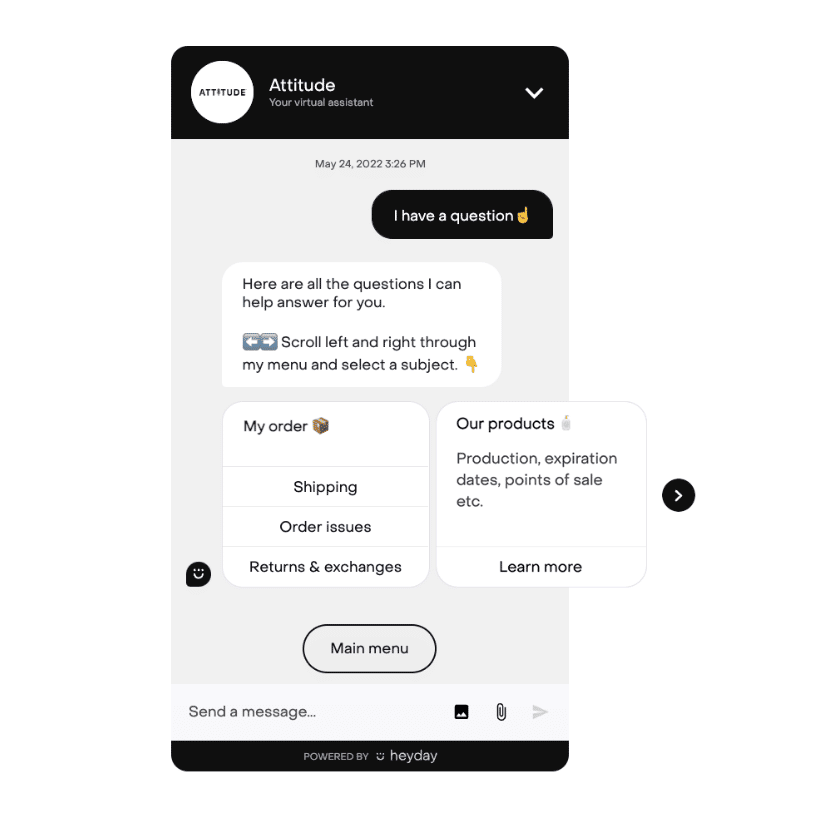

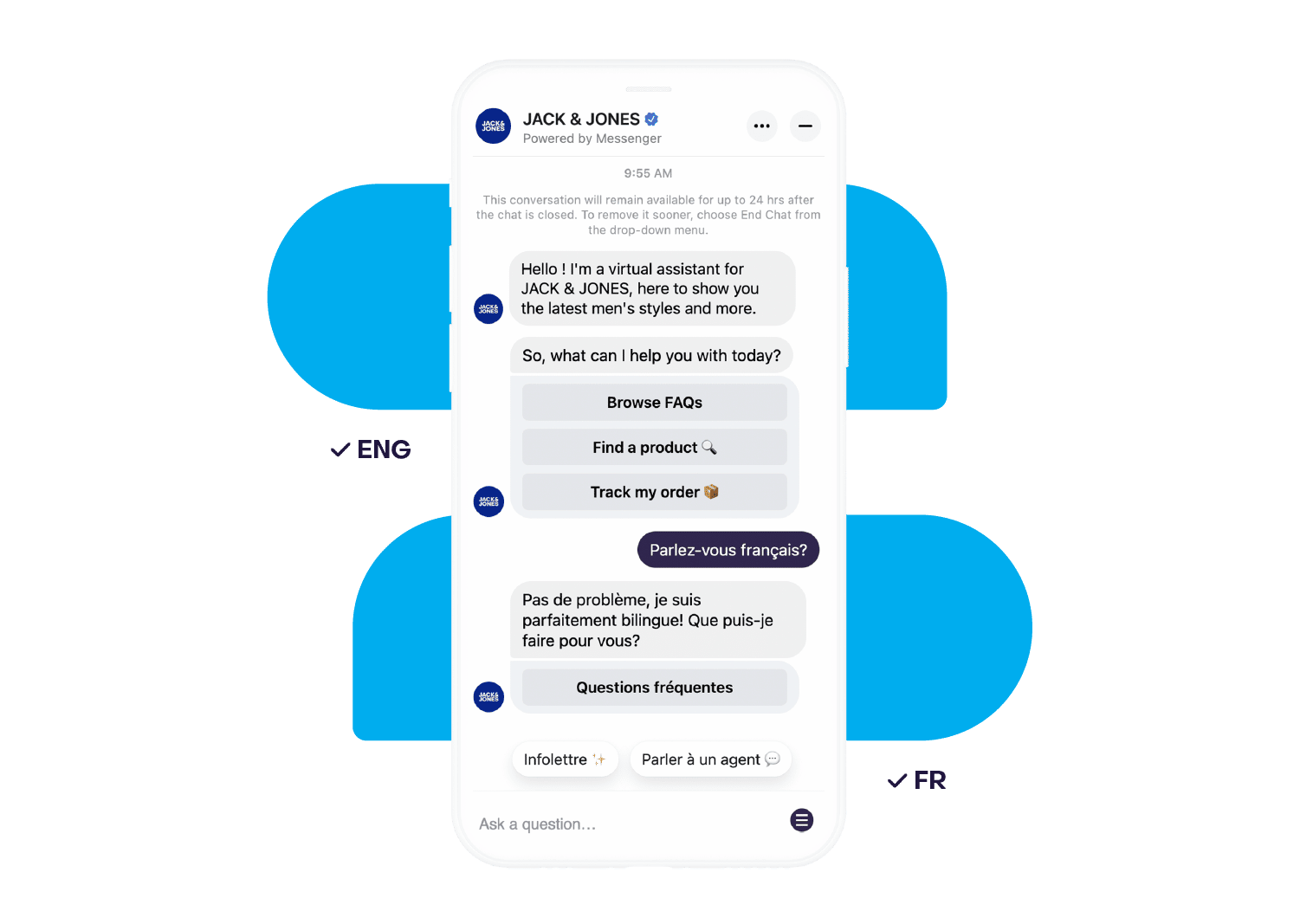
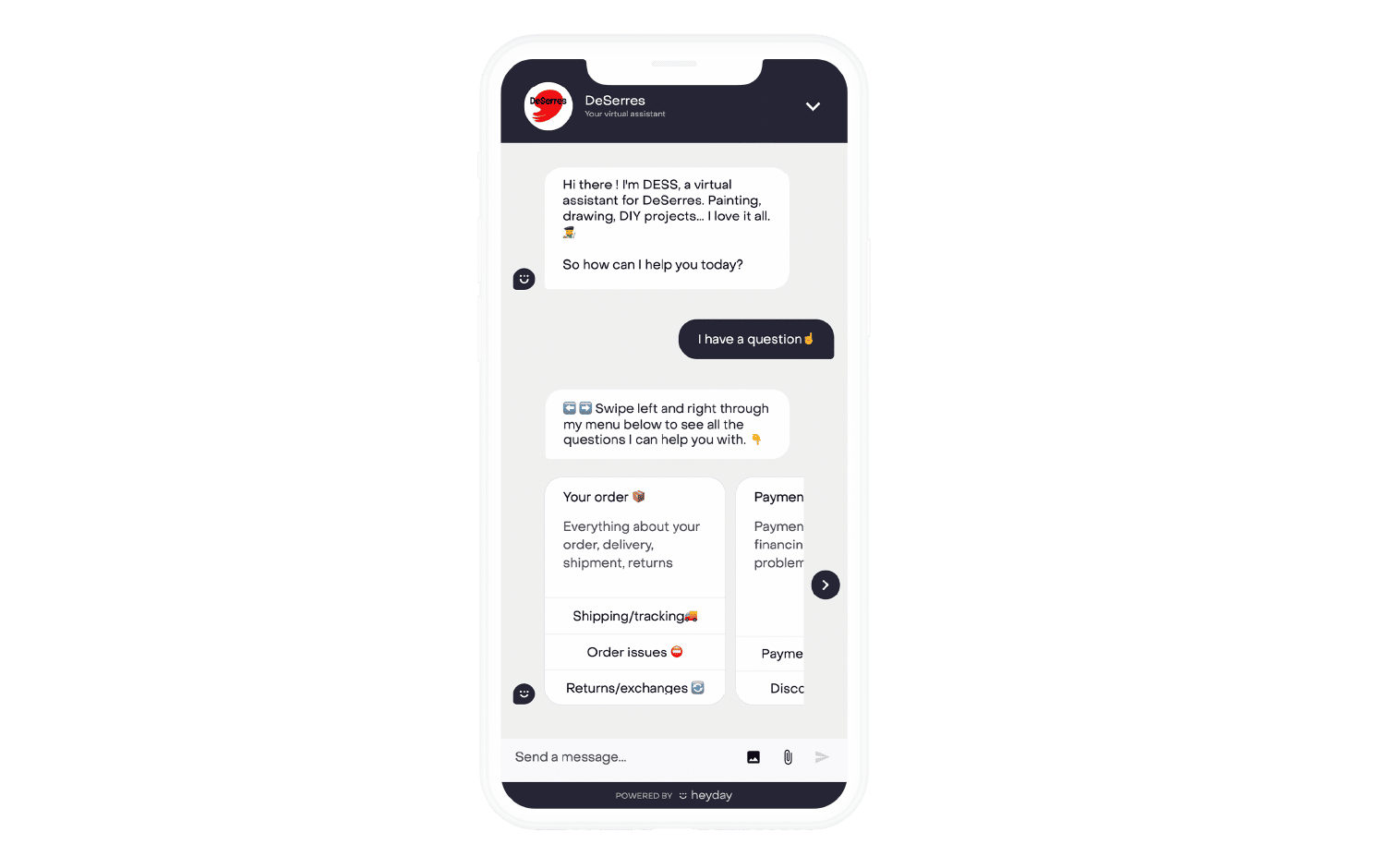
 (@uxgoodies)
(@uxgoodies)